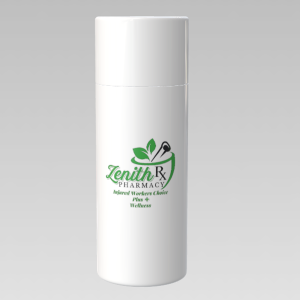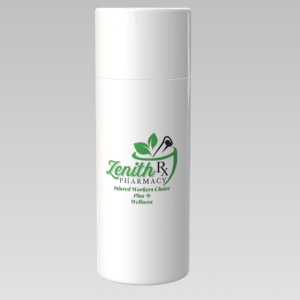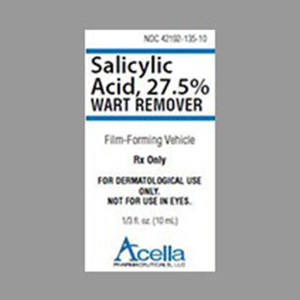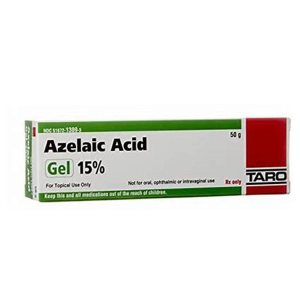Description
Overview
Clindamycin is a lincosamide antibiotic used to treat bacterial infections, particularly acne vulgaris, skin infections, and soft tissue infections. It is available in oral, injectable, and topical formulations, with topical clindamycin being a common treatment for acne and bacterial skin infections.
Mechanism of Action
Clindamycin inhibits bacterial protein synthesis by binding to the 50S ribosomal subunit, preventing peptide bond formation and bacterial growth. It is bacteriostatic at lower concentrations but can be bactericidal at higher concentrations.
Benefits and Indications
- Acne Vulgaris: Topical clindamycin reduces Cutibacterium acnes (formerly Propionibacterium acnes) and inflammation.
- Bacterial Skin Infections: Effective against Staphylococcus aureus, Streptococcus pyogenes, and anaerobic bacteria.
- Soft Tissue Infections: Used orally or topically for abscesses, cellulitis, and infected wounds.
- Rosacea (Off-Label): Reduces inflammation and bacterial load.
Possible Side Effects
- Common: Skin dryness, irritation, peeling, redness, itching.
- Less Common: Burning sensation, oily skin, contact dermatitis.
- Rare but Serious: Clostridioides difficile-associated diarrhea (with oral use).
Drug Interactions
- Erythromycin: Antagonistic effect, reducing efficacy.
- Neuromuscular Blockers: Can enhance neuromuscular blockade.
- Retinoids & Benzoyl Peroxide: Can increase skin irritation when combined but is often prescribed together for better efficacy.






Reviews
There are no reviews yet.